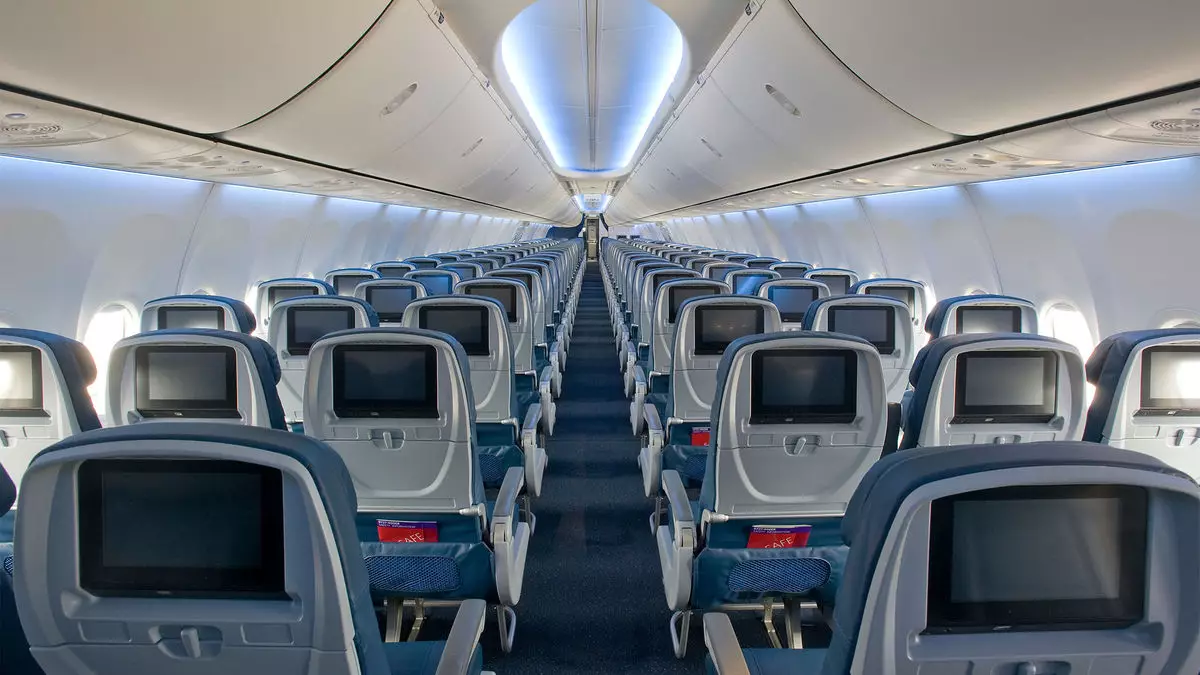On May 15, Delta Air Lines unveiled an invigorating rebranding of its cabin classes set to take effect for flights booked from October 1 onward. This strategic change isn’t just a simple renaming; it reflects Delta’s ambition to enhance customer experience and clarity in their offerings. The conversion of „Main Cabin“ to „Delta Main,“ „Comfort Plus“ transforming into „Delta Comfort,“ and „First Class“ being rebranded as „Delta First“ signals a more unified identity across their service spectrum. Interestingly, the established segments of Delta Premium Select and Delta One will retain their names, preserving continuity for frequent flyers who have come to recognize these premium options.
Decoding Delta’s New Options
One of the standout features of this rebranding is the introduction of refined choices within the main cabin. Delta now introduces three distinct tiers: Basic, Classic, and Extra. The „Basic“ option, while marketed under a new name—Main Basic—unfortunately, doesn’t offer any substantial changes. It continues to carry the previous constraints such as no mileage credit, limited boarding privileges, and no access to Delta Sky Clubs. Some may view this as a missed opportunity to elevate the Basic experience, particularly for budget travelers who opt for affordable fares but still desire a welcoming entry to air travel.
In contrast, the Main Classic tier brings value to the forefront, rewarding customers with five miles per dollar spent and better boarding choices. This marks a decisive improvement that makes the middle tier an attractive option for travelers willing to invest a little more in their journey. However, the real jewel of Delta’s new structure lies in the Main Extra offering. With seven miles per dollar and the added benefit of refundability, this tier successfully taps into the needs of travelers who prioritize flexibility and reward for their expenditure.
The Implications of Availability and Access
While the differentiated cabin classes offer more tailored experiences, there is a caveat that might concern eager travelers: the availability of these options, especially for Basics. The tier is subject to limited availability, leaving potential passengers uncertain if they can even book this perceived lower-cost offering on their desired flights. This could lead to frustration, especially among last-minute travelers who often rely on flexible fare options.
Moreover, the strategy to limit the Extra tier predominantly to itineraries originating within the U.S. and Canada may leave some international travelers feeling relegated. It raises questions about equity; will these travelers, who might prefer and expect premium offerings, be left with fewer choices? This limitation could affect Delta’s competitiveness in an increasingly global airline market.
Join the Conversation: What Does This Mean for Future Travels?
Delta’s ambitious rebranding efforts indicate a significant drive towards not just a clearer hierarchy in cabin classes, but also a broader aim to redefine customer loyalty through a nuanced tiered approach. This shift presents a fresh dialogue in the airline industry regarding how carriers can best serve varied traveler needs while remaining profitable. In a post-pandemic world where travel preferences have shifted dramatically, service clarity and customer experience will undoubtedly take center stage, and Delta’s new initiative appears to embrace this change boldly. How will competitors respond? Will they follow suit or forge a different path? Only time will tell as the airline industry continues to evolve.


Napsat komentář